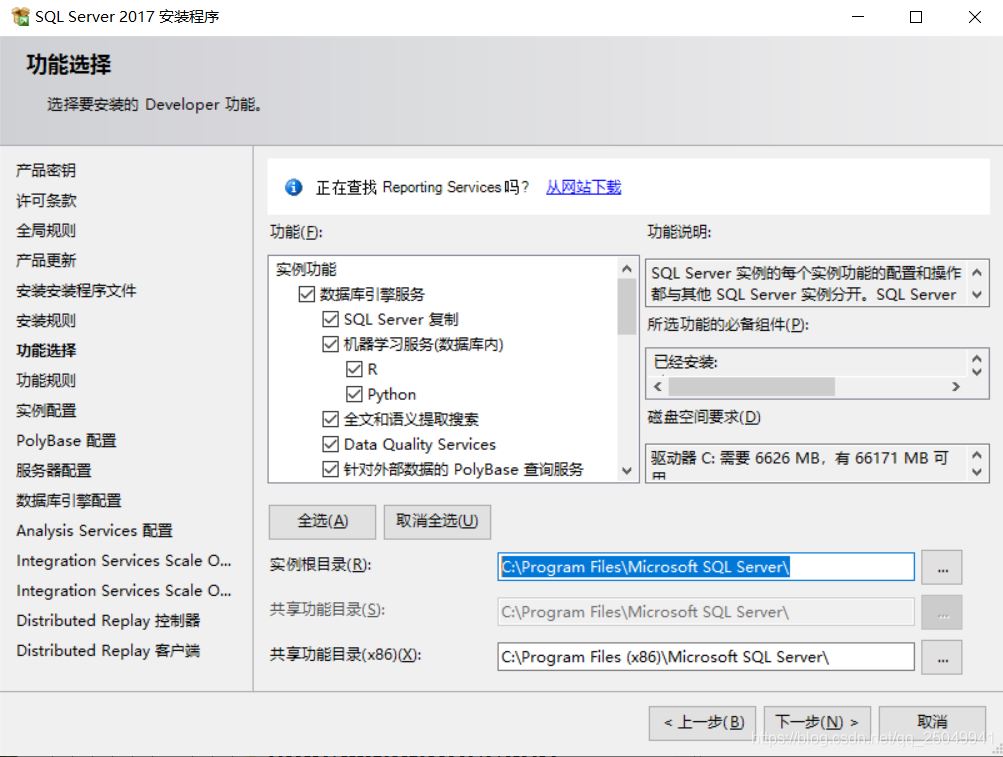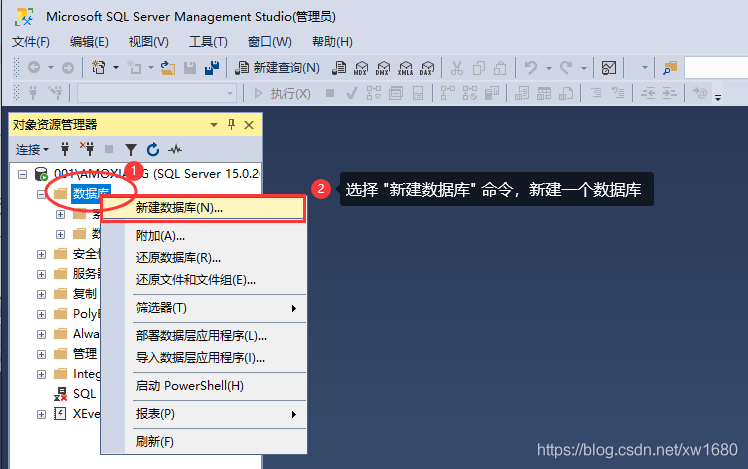Oracle 12c 极大提升的新功能区别(oracle12c 区别)
Oracle 12c is a major release of the database management system that offers numerous new features designed to improve performance, scalability, avlability, and security. In this article, we will explore some of the significant new functionality introduced in Oracle 12c and how it differs from previous versions.
1. Multitenant Architecture
One of the most significant overhauls of the Oracle 12c is its multitenant architecture. This feature allows multiple pluggable databases (PDBs) to share a single contner database (CDB), thereby reducing the hardware, software, and management costs associated with running multiple databases. In essence, this functionality enables consolidation of multiple databases into a single instance, which makes it more efficient to manage and mntn.
To create a new PDB in Oracle 12c, you simply create a new database object as follows:
CREATE PLUGGABLE DATABASE pdb_name
ADMIN USER pdb_admin IDENTIFIED BY password
FILE_NAME_CONVERT = (‘old_path’,’new_path’);
2. In-Memory Database
Another significant innovation in Oracle 12c is its In-Memory Database feature. This functionality enables faster access to data by caching it in memory, which significantly boosts the performance of queries and reports. Additionally, the in-memory feature provides a new columnar storage format that enhances compression and query performance.
To enable the In-Memory Database functionality in Oracle 12c, just execute the following SQL command:
ALTER TABLE table_name INMEMORY;
3. Online Datafile Movement
Oracle 12c offers another outstanding feature called Online Datafile Movement, which allows database administrators to move data files while the database is still operational. This feature is particularly valuable for database administrators who need to add or remove storage capacity without impacting the avlability of the database.
To move data files online, simply execute the following SQL statement:
ALTER DATABASE MOVE DATAFILE ‘/old_path/old_file_name’ TO ‘/new_path/new_file_name’;
4. Enhanced Partitioning
Oracle 12c also offers an enhanced partitioning feature that offers more flexibility and efficiency while managing large datasets. Partitioning enables database administrators to divide tables and indexes into smaller and more manageable pieces, which can help improve query performance and support more efficient data loading and archiving.
To create a new partition in Oracle 12c, use the following SQL statement:
ALTER TABLE table_name ADD PARTITION partition_name
VALUES LESS THAN (value);
5. Security Enhancements
Finally, Oracle 12c offers numerous security enhancements designed to protect sensitive data and prevent unauthorized access. One of the most significant security features is Oracle Advanced Security, which provides comprehensive encryption and security capabilities for network and storage encryption. Additionally, Oracle 12c offers improved auditing and compliance capabilities that help database administrators meet regulatory compliance requirements.
To enable Oracle Advanced Security in Oracle 12c, execute the following command:
EXEC DBMS_NETWORK_ACL_ADMIN.CREATE_ACL(‘acl_name.xml’,
‘http://www.example.com’);
In conclusion, Oracle 12c offers a wide range of new features that deliver increased performance, scalability, avlability, and security. The enhancements introduced in this release make it an attractive option for businesses seeking to consolidate their databases and reduce their management and mntenance costs. By leveraging the power of its multitenant architecture, the in-memory database, online datafile movement, enhanced partitioning, and advanced security features, users can experience a significant boost in system performance and data management capabilities.








